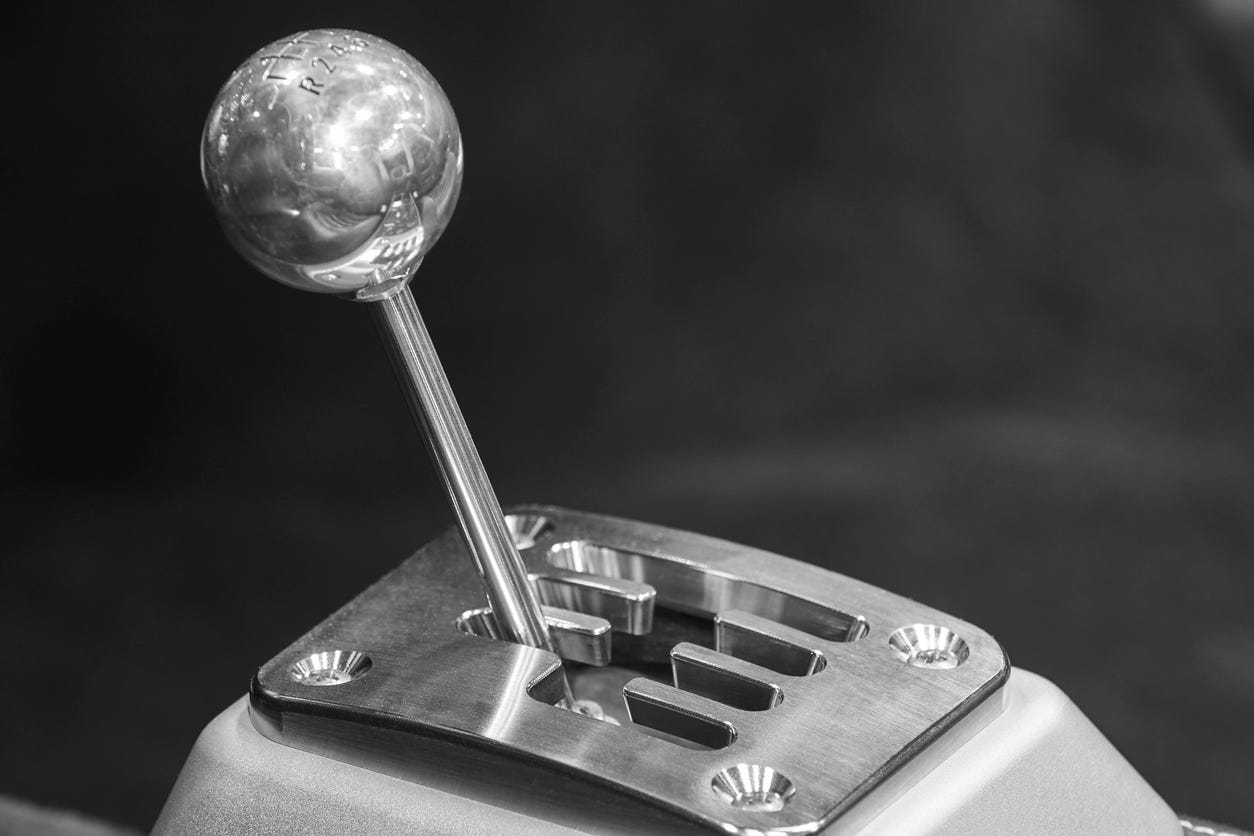I just finished teaching (virtually) my annual summer course at Northeastern University. I focus it on creating value in today’s Experience Economy (with the last of seven modules on transformations), and there were so many great students in this year’s course. They don’t know it (at least I think they don’t know it. . .), but I often use their assignments as means to learn of more exemplars of the Experience Economy, including those that embrace Mass Customization, authenticity, and the Multiverse. And this summer I received a bountiful crop of companies embracing these concepts that I did not know before.
I also learn from their assignments outside of exemplars, including how they think about experiences, how they approach the frameworks, and in what new ideas the students come up with. And, of course, the questions they ask.
This summer I received one interesting question from one of the brighter students, who asked me, “Which is harder, to shift from services to experiences or experiences to transformations?” I knew instinctively that it was the latter shift that was tougher, but then it took me a bit to figure out why.
I knew instinctively that the shift to transformations was tougher,
After all, transformations are built atop experiences; we only ever change because of the experiences we have. One formulation I started using a year or two before starting the book was to ampersand (verbing that noun. . .) “goods & services” to tie them together, as separate from “experiences & transformations” which are so closely intertwined. (Ok, that’s two formulations. . . .)
Shifting from Services to Experiences
However, I’ve long said that the easiest way to turn a service into an experience is to provide poor service. Then your customers will remember you! Joking aside – well, actually and unfortunately, that’s no joke – the second easiest way to turn a service into an experience is to embrace the principle that work is theatre.
The easiest way to turn a service into an experience is to provide poor service. The second easiest way is to embrace theatre.
That means simply giving your employees roles to play, helping them characterize those roles, and finally directing your workers to act on your business stage. Teaching them to act with intention and creating a dramatic structure for the “customer journey” goes a long way too, but they aren’t technically necessary if your workers recognize they are on stage and act in a way that engages customers, the audience of their performance. Easy-peasy!
Ok, not quite that easy – and there is so much you can do beyond the basics. This is illustrated by the five elements that the 2020 edition of The Experience Economy introduced and how we wrote them up. Jim Gilmore and I described robust in one chapter; cohesive also took one; personal encompassed two chapters and the Intermission; and transformative also took two chapters (but, ok, now a whole new book. . .)
Dramatic, on the other hand, formed the basis of three chapters.
Theatre, however, requires no capital equipment; it’s a mindset shift that enables you to turn any interaction into an engaging encounter – to shift, in other words, from merely delivering a service to staging an experience.
Shifting from Experiences to Transformations
If you’re a company that creates robust, cohesive, personal, and dramatic experiences, then certainly sometimes a transformation will naturally occur – the proverbial life-transforming experience. However, such fortuitous occasions do not generally happen without a guest seeking it out and without you guiding it. It’s not intentionally shifting from experiences to transformations.
But as with the shift from services to experiences, there is a principle you can embrace that, in large measure, enables you to shift from experiences to transformations (even though here also there is so much you could do to be more intentional, increase effectiveness, and create greater value).
There is a principle that enables you to shift from experiences to transformations
That one principle is encapsulation.
As discussed in looking how to turn memorable, meaningful, and transporting experiences into transformative ones, encapsulation means encircling your experience with three activities: preparation beforehand, reflection afterward, and integration on an ongoing basis. Easy-peasy!
Easy-peasy? Uh, no.
Ok, not near that easy, and I think much harder than embracing theatre. Both require very intentional forethought, but encapsulation requires the theatre of the core experience in the center of the capsule, plus thinking richly about how to accomplish the activities of preparation, reflection, and integration – and do so again and again for each distinct experience that encompasses the transformation of identity captured by the statement, “I was X, now I am Y”.
And the stakes are, oh, so much higher as well. What I wrote in particular of metamorphic transformations applies to the transformation business in general:
Aspirants own their transformation. They create their very own new you. They achieve their aspirations. And once a metamorphosis is achieved, recognize that you can never go back; the aspirant is forever altered. In guiding altering transformations, therefore, as the alchemist you have a high ethical bar in how you conduct yourself. You’re affecting the innermost parts of people, forever. You therefore have a fiduciary responsibility, a position of great trust, to ensure you do the right things for the aspirant – the designing and guiding of the right transformative experiences – as well as do right by the aspirant.
Shifting into the transformation business means accepting that responsibility, which in the end will require you to design your offerings with much more than encapsulation, even if that is, technically, enough.
And that’s not easy.
Shifting Mindset
Recognize too that the shift in what business you are in really begins with a shift in mindset – an internal identity transformation for you, your organization, and your business. I trust that what you learn in these posts will enable you to see this and make it happen.
Joe
© 2025 B. Joseph Pine II



